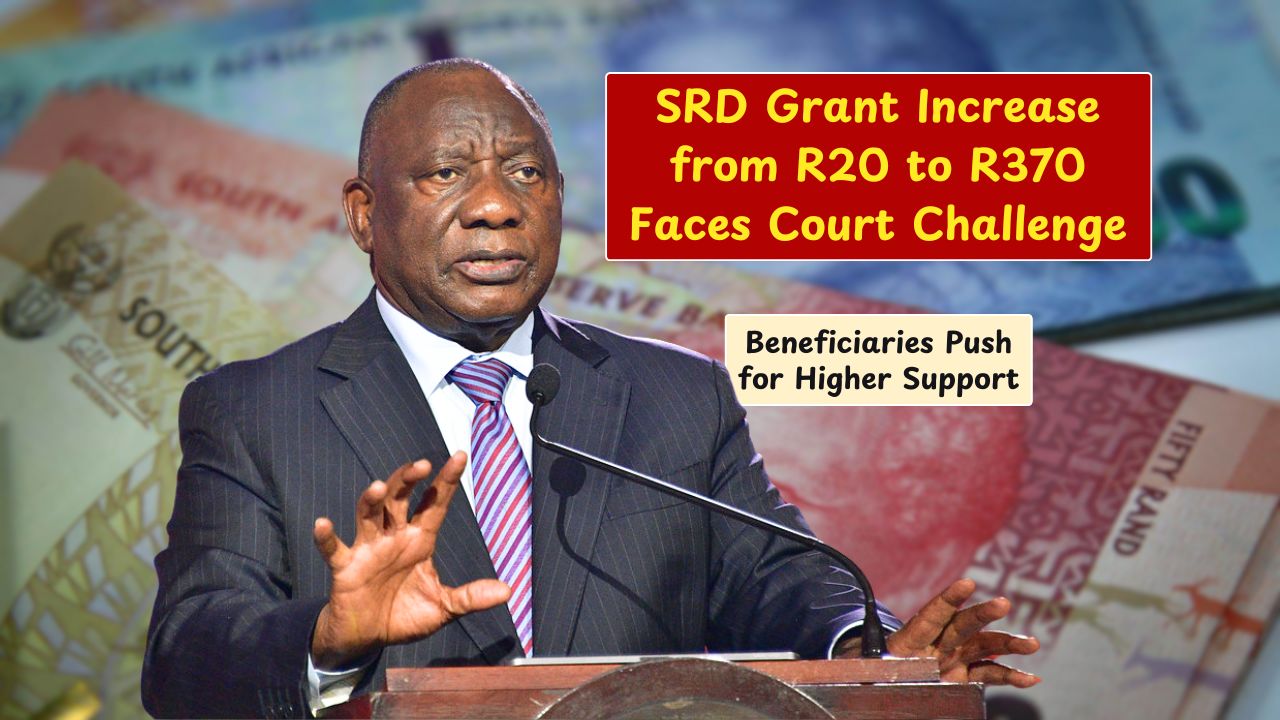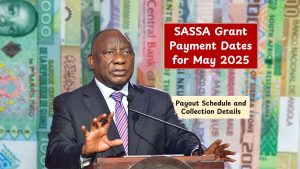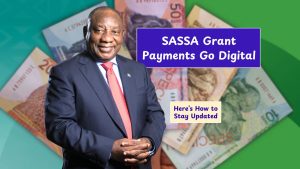For millions of South Africans, the Social Relief of Distress (SRD) grant isn’t just a monthly payment—it’s a lifeline. First introduced in 2020 as a temporary response to the economic fallout from COVID-19, this grant has become a vital source of income for many unemployed citizens. But in 2025, a R20 increase—from R350 to R370—has stirred up more frustration than relief. Advocacy groups are challenging this bump in court, arguing it simply doesn’t keep up with the real cost of living. So, what’s really going on, and where does this leave people relying on the grant?
Overview
Let’s rewind a bit. The SRD grant was launched to provide short-term financial assistance to unemployed adults who weren’t receiving any other form of government aid. It was set at R350—a modest amount, but it helped. Fast forward to April 2025, and the grant now sits at R370. That’s an increase of just R20.
But here’s the catch: inflation has been rising fast. In fact, the current inflation rate in South Africa is around 7%. Essentials like food and transport cost way more now than they did in 2020. So even though the grant has gone up, many argue it doesn’t stretch nearly as far as it used to.
Livingcosts
That R370 doesn’t go very far. According to Stats SA, the food poverty line is now R624 per month. That’s the bare minimum people need to afford basic nutrition—not even rent, transport, or electricity. Now imagine trying to survive on R370 when a loaf of bread can cost over R17 and a bottle of cooking oil is pushing R60.
Here’s a quick comparison to break it down:
| Expense | Average Monthly Cost (2025) | Covered by R370? |
|---|---|---|
| Basic food needs | R624 | No |
| Transport | R250 | Partially |
| Electricity & utilities | R300 | No |
| Total Basic Needs | R1,174 | No |
As you can see, R370 barely covers a third of what people actually need just to get by. That’s why advocacy groups are pushing hard for the grant to match the food poverty line at R624.
Eligibility
Another major issue? The complicated eligibility rules. Even though 14 million people applied for the SRD grant in 2023, only 8.3 million were approved. That’s a huge gap. Many applicants were rejected over technicalities—like small banking errors or inconsistent information.
For people without easy internet access, getting the required documents or applying online can be nearly impossible. It’s not just about the money anymore. It’s about access and dignity. Advocacy groups want to make the system easier and fairer for those who need it most.
Advocacy
Groups like the Institute for Economic Justice (IEJ) and #PayTheGrants aren’t just tweeting complaints—they’re taking the government to court. Their argument is simple: if the cost of living goes up, support for the poor should go up too. They’re calling for the grant to be raised to R624 and for the eligibility process to be simplified.
They also argue this isn’t just social support—it’s economic policy. When people have more money, they spend it. That supports small businesses and local economies, creating a ripple effect that benefits everyone.
Government
On the other side, the government says it’s doing the best it can. Finance Minister Enoch Godongwana insists that South Africa simply can’t afford a bigger increase right now. The country’s already battling debt, and adding more strain could put other critical services—like healthcare and education—at risk.
Still, critics argue that poverty and hunger are urgent problems that need urgent solutions. They believe the government must re-prioritize its budget to focus on supporting the country’s most vulnerable.
Impact
Now all eyes are on the Pretoria High Court. If it rules in favor of the advocacy groups, several things could happen:
- The SRD grant could increase to at least R624.
- The application process might be simplified.
- More funding could be directed toward social support.
That could change the whole conversation about poverty and welfare in South Africa. It might even open the door to a universal basic income or other long-term policies aimed at reducing inequality.
Nextsteps
If you’re a beneficiary, here’s what you can do in the meantime:
- Stay informed: Check updates on SASSA’s site and trusted news outlets.
- Look for extra support: Local NGOs and food banks may offer help.
- Join the movement: Advocacy needs voices—yours counts.
The SRD grant was never meant to be a long-term solution, but the need for ongoing support is undeniable. Whether this R20 increase holds or gets overturned, one thing is clear—South Africans are demanding more than survival. They’re demanding dignity.
FAQs
Why was the SRD grant introduced?
It was created in 2020 to support the unemployed during COVID-19.
What is the current SRD grant amount?
It increased from R350 to R370 in April 2025.
Why is the R370 amount controversial?
It’s far below the R624 food poverty line amid rising living costs.
What do advocacy groups want?
They want the grant raised to R624 and easier access for applicants.
Where is the legal case being heard?
The Pretoria High Court is reviewing the challenge to the increase.











